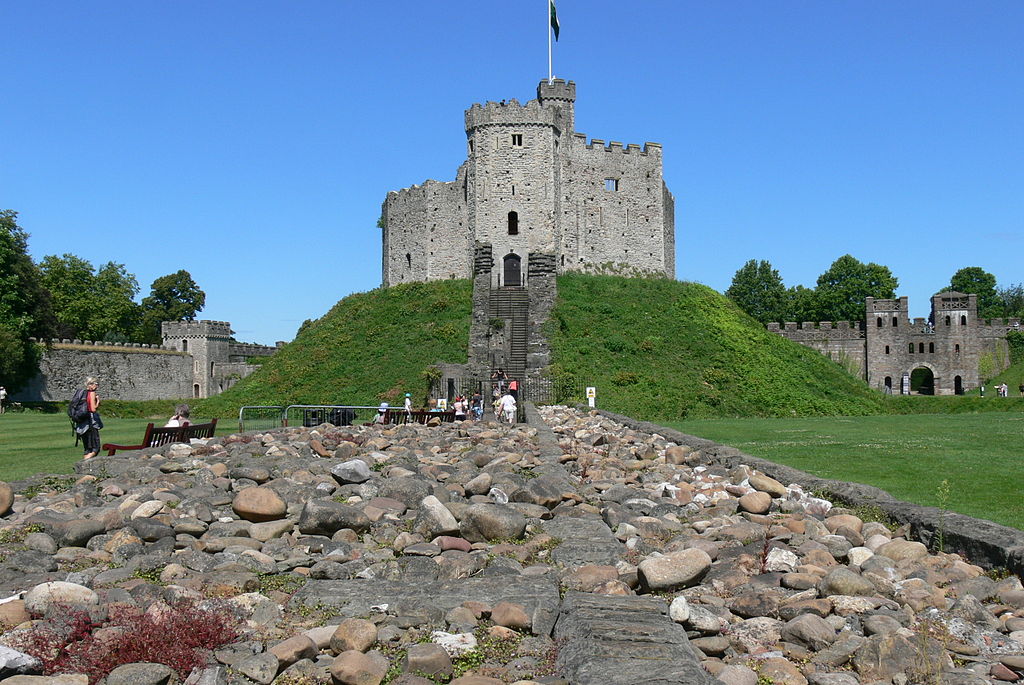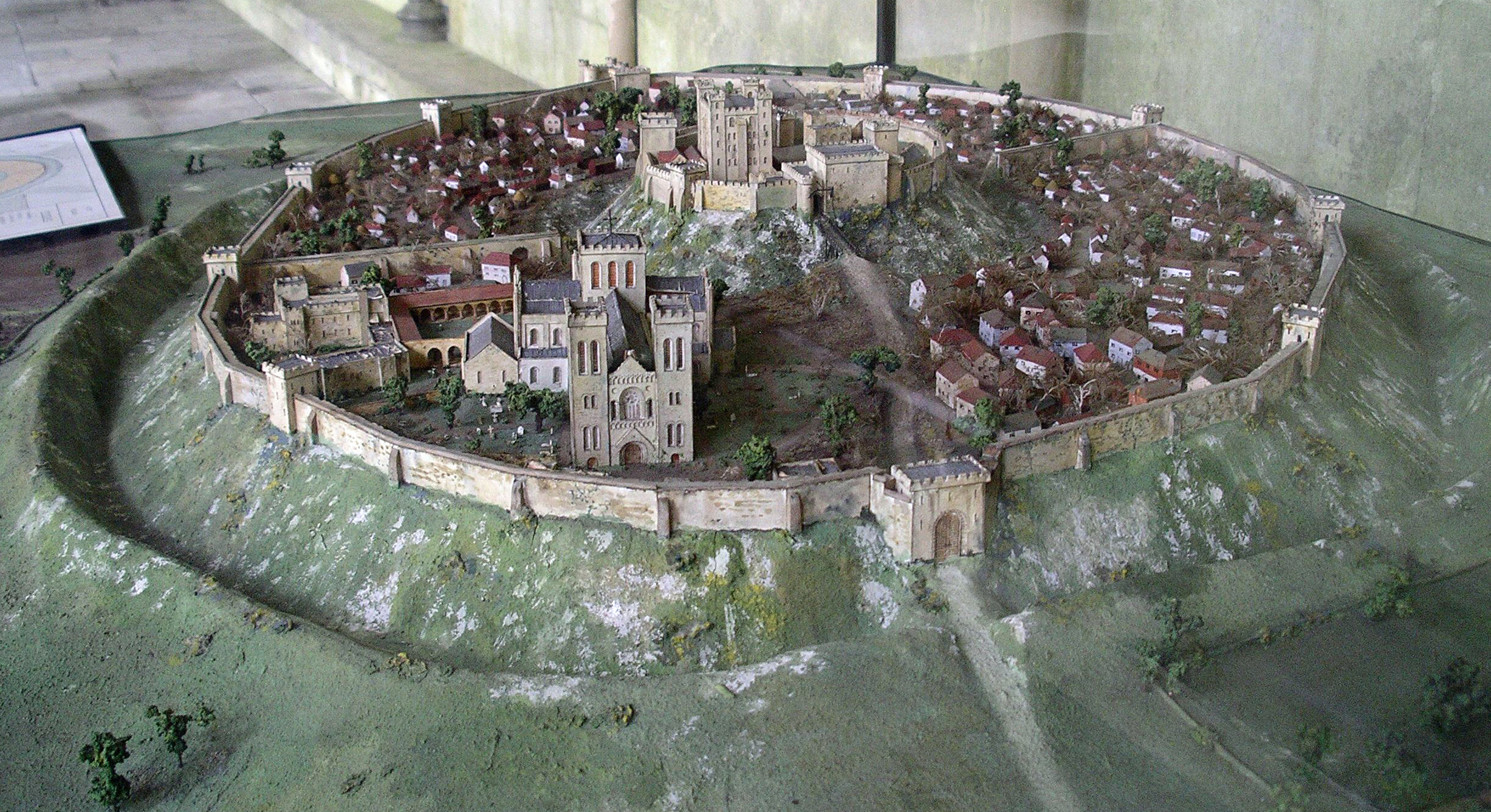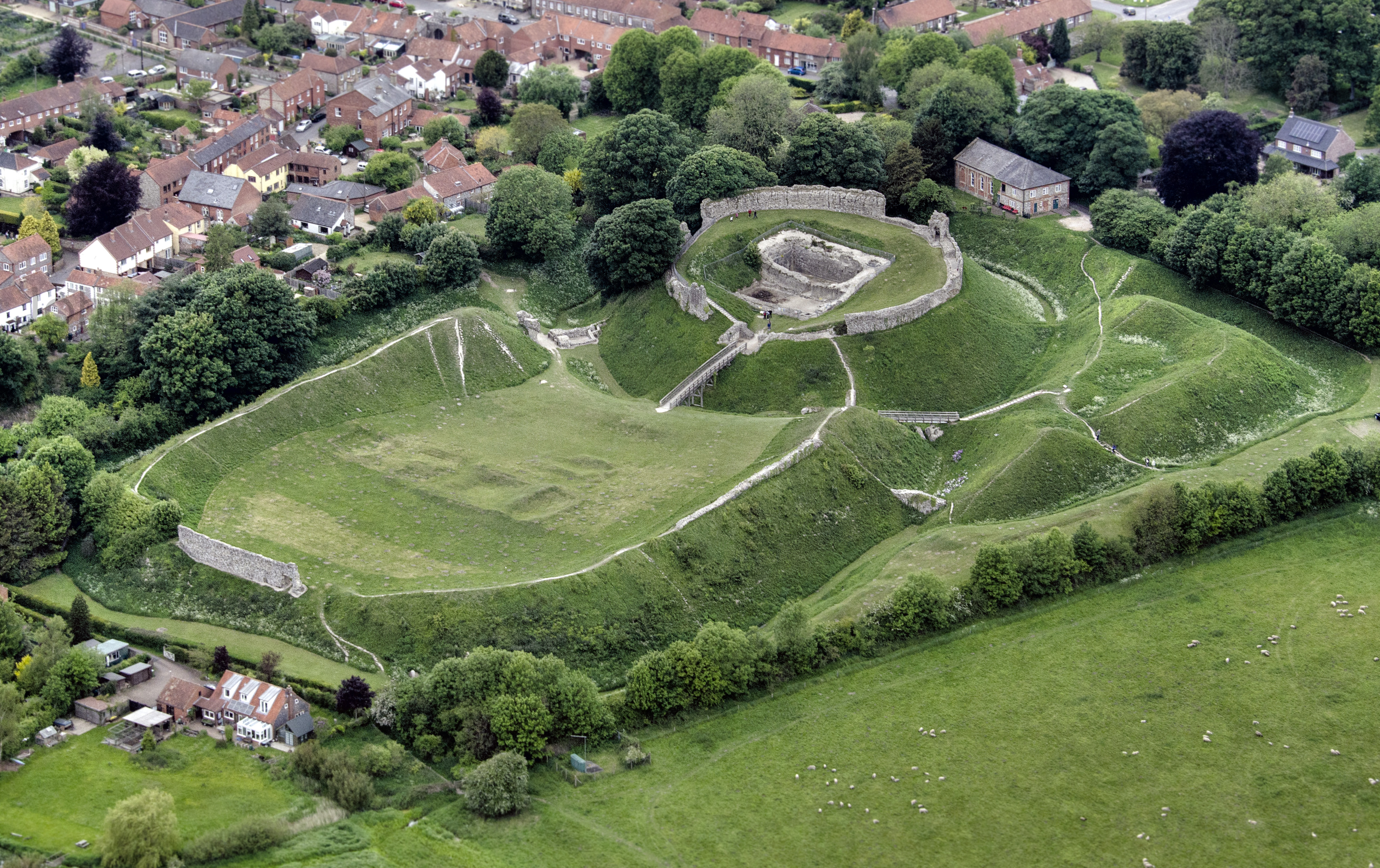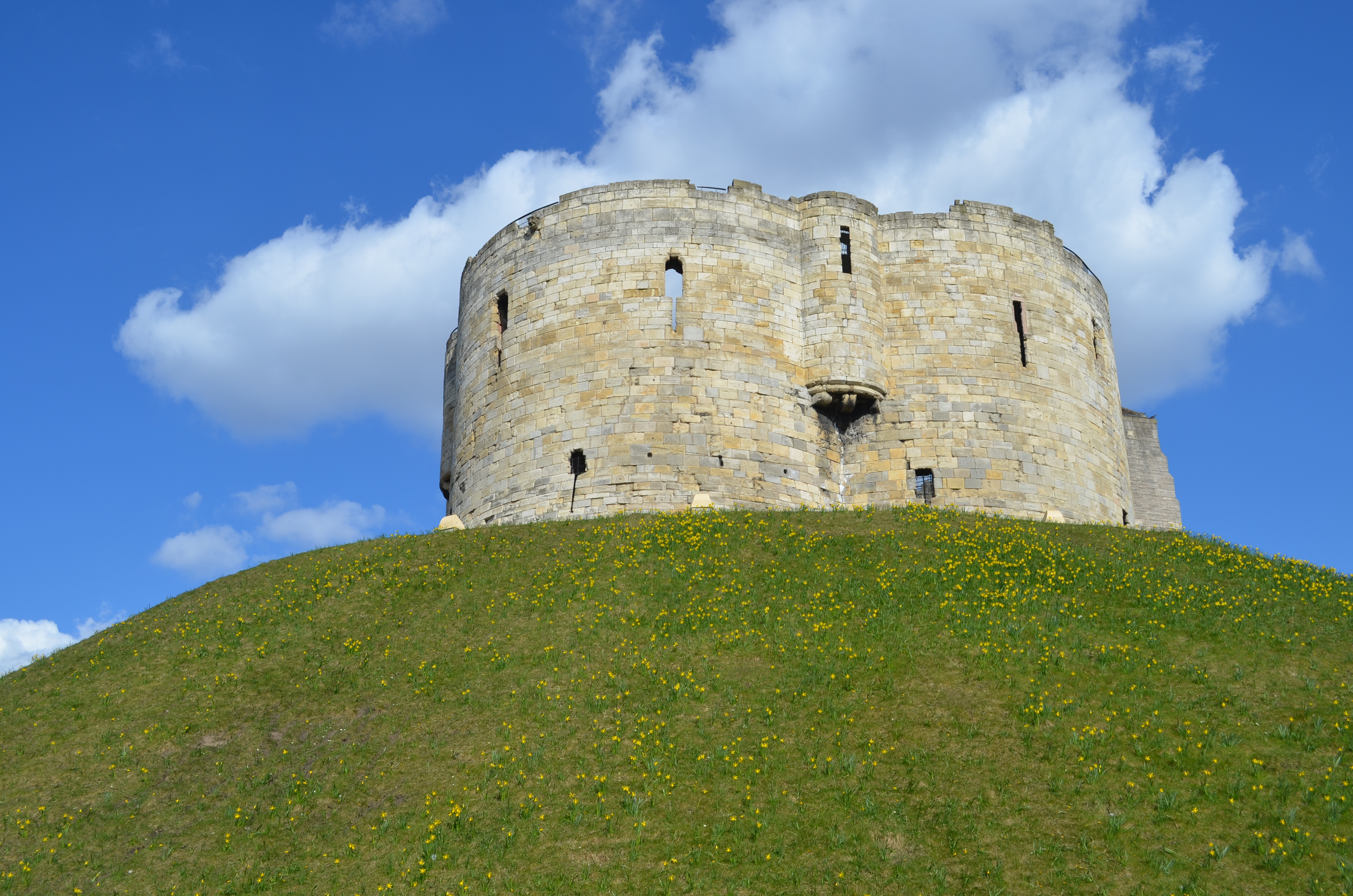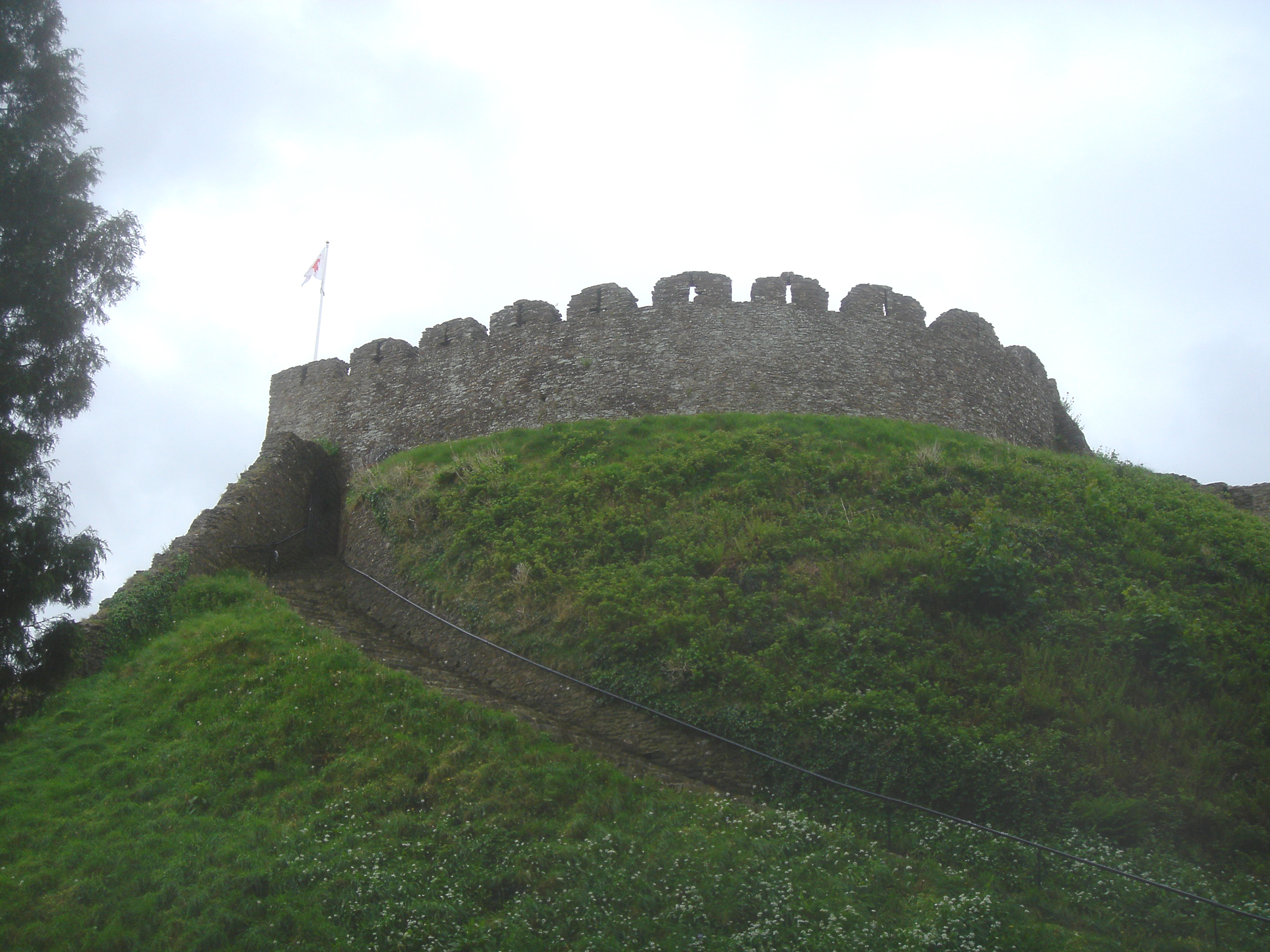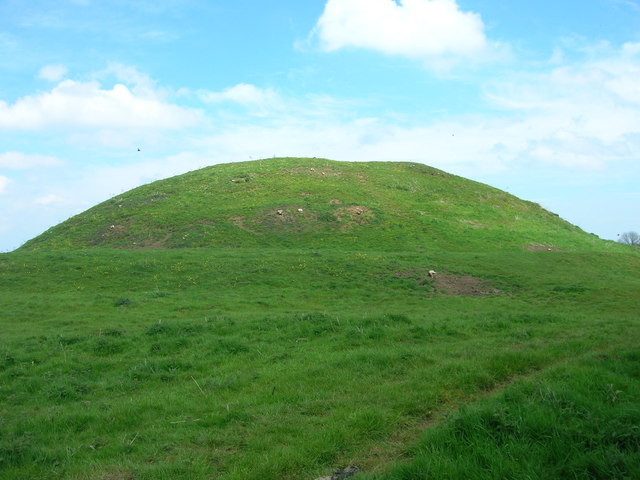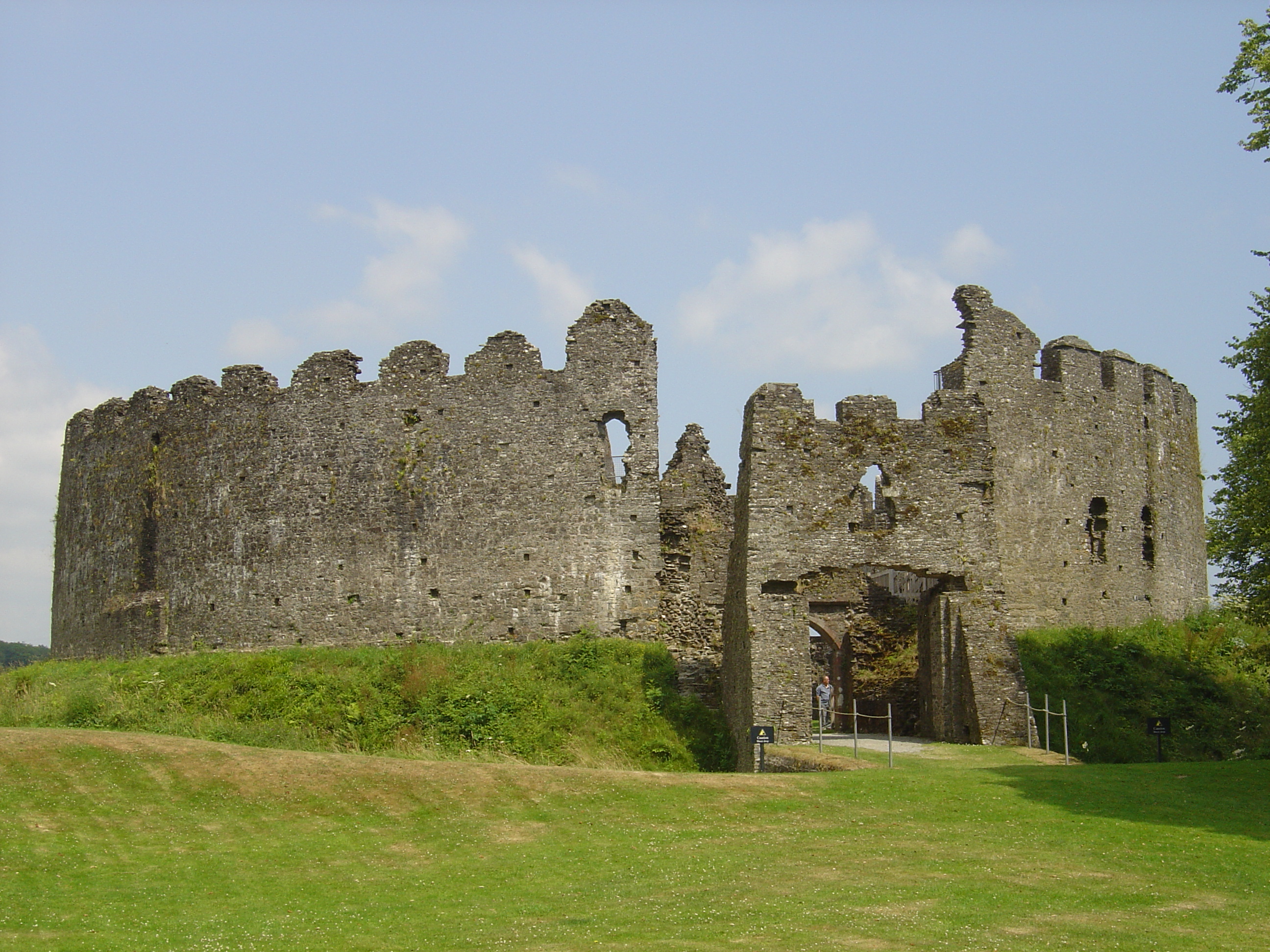Cambridge Castle Mound
"Up to the past"
Stand on the top of Cambridge and have the best view of the past and present of the city. Enjoy a relaxing walk alone or spend time with your family.
Today the Castle hill is a charming park for outdoor activities. This website helps to imagine and understand the remains of the castle, while it outlines a possible development plan for a more fruitful usage. The aim of the plan is keeping balance between the understanding of the past and the everyday community use of the place.
How to get here?
Address
Cambridge CB3 0RG
Contact the Cambridge City Council
parks@cambridge.gov.uk
01223 457000
What is the Castle Mound?
The motte-and-bailey
The Cambridge Castle is one of the oldest known example of the motte-and-bailey type castles in England. This type consist of a motte, which is a generally an artificial mound, and a fortified bailey, which is an enclosed courtyard. On the top of the motte a wooden or stone keep stands and the castle is surrounded by a ditch. The motte-and-bailey was spread in Europe by the Normans and it was popular between the 10th-13th centuries. Keen to see more motte-and-baileys? Check out the Similar places section.
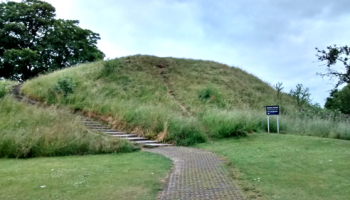
Middle Ages
The history of the castle begins in the Norman period. It can be hypothesised that the place was inhabited in the Late Iron Age and in the Roman times, but archaeologically, this has not yet been proven. In 1068 William I ordered the construction of a castle in Cambridge. It was built as a motte-and-bailey type from which the Cambridge Castle is the oldest one. According to the Domesday Book 27 houses were demolished in order to make way for the castle.
In the 13th century, Edward I ordered the rebuilding of the castle and, as a result, the bailey was reconstructed in a rectangular form. The castle was skirted by wet moats, and they could separate also the bailey from the motte. From this period a curtain wall, a southwestern gatehouse with barbican opposite the moat, and a southern, a western and northern tower are known to have existed. A great hall was built in the bailey, and a chapel is also mentioned during the Edwardian period.
During the Middle Ages, the buildings has already begun to deteriorate. Reclaimed stones from the site were used for building colleges and houses in Cambridge.
Civil War Period
By 1606, only the gatehouse was preserved completely, because it was used as a prison. At the outbreak of the Civil War, the important status of Cambridge required the defensive properties of the castle to be improved. Between 1642 and 1643 the castle was fortified, following the line of the former curtain wall. On the place of the former towers, bastions were constructed and brick barracks were built on the location of the great hall.
Later life of the castle
Between 1802 and 1807, a new octagonal County Gaol was built. The last traces of the ditch surrounding the motte were filled up with building debris. In 1842, the last medieval building - the gatehouse - was destroyed during the construction of the Court House, which survived until 1956.
In 1932 a new Shire Hall replaced the County Gaol.

How to imagine it?
Old images of the Castle hill and reconstruction possibilities
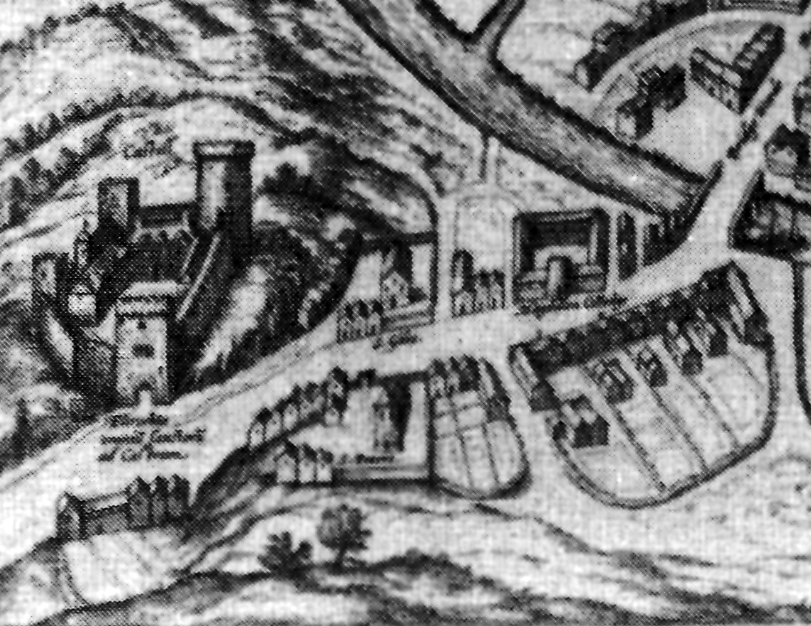
The buildings visible in the picture were never completed. Only the bridge leading to the gatehouse can be proven which is mentioned in sources in 1590 when it is described as ruined.



Similar places
Here are some other mottes similar to the Cambridge Castle for a better understanding of the place
The view
The top of the hill offers the best view on the past and present of Cambridge. Are you interested what kind of attractions are visible from the Mound? Try to find them with the help of these drawings.
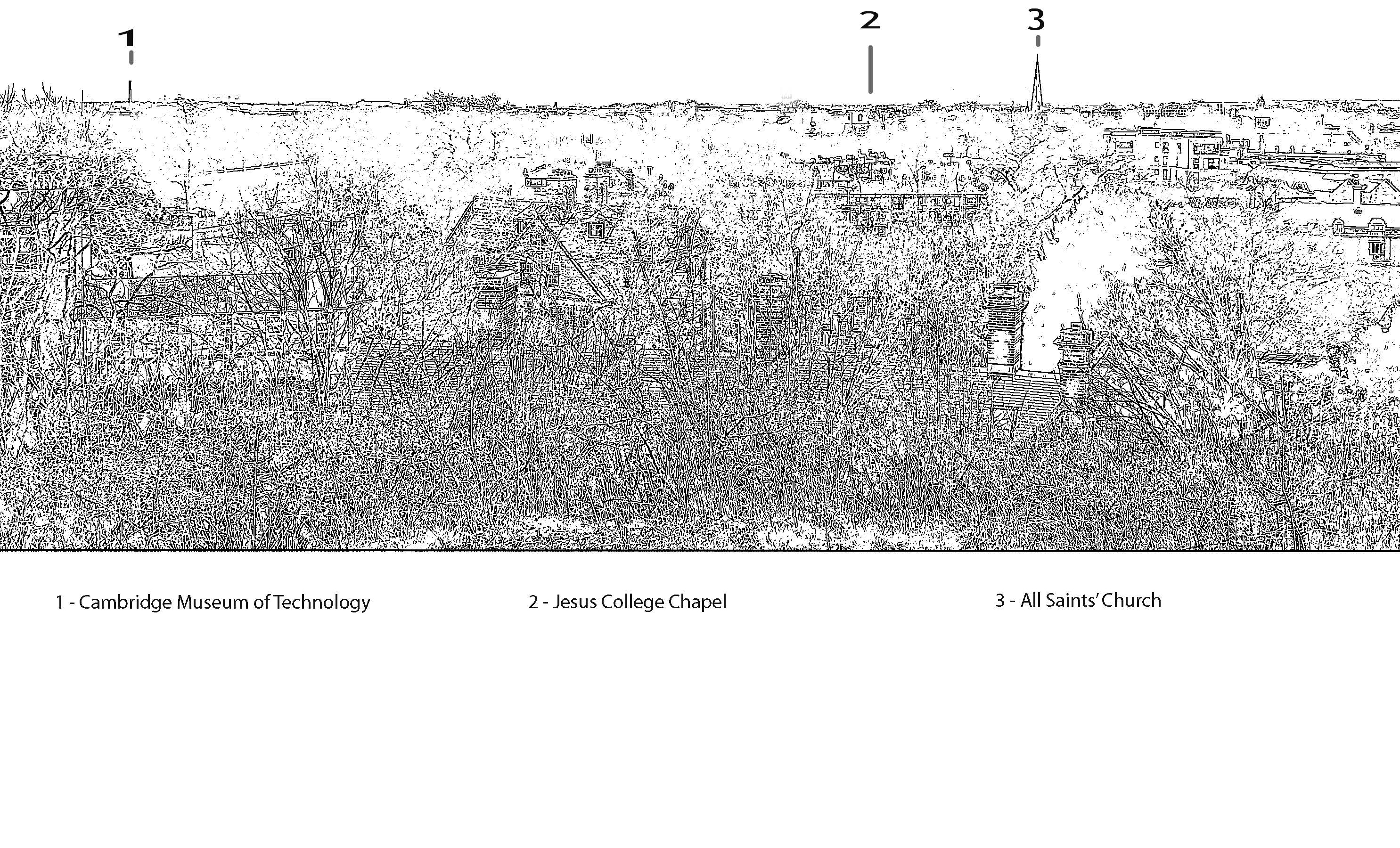
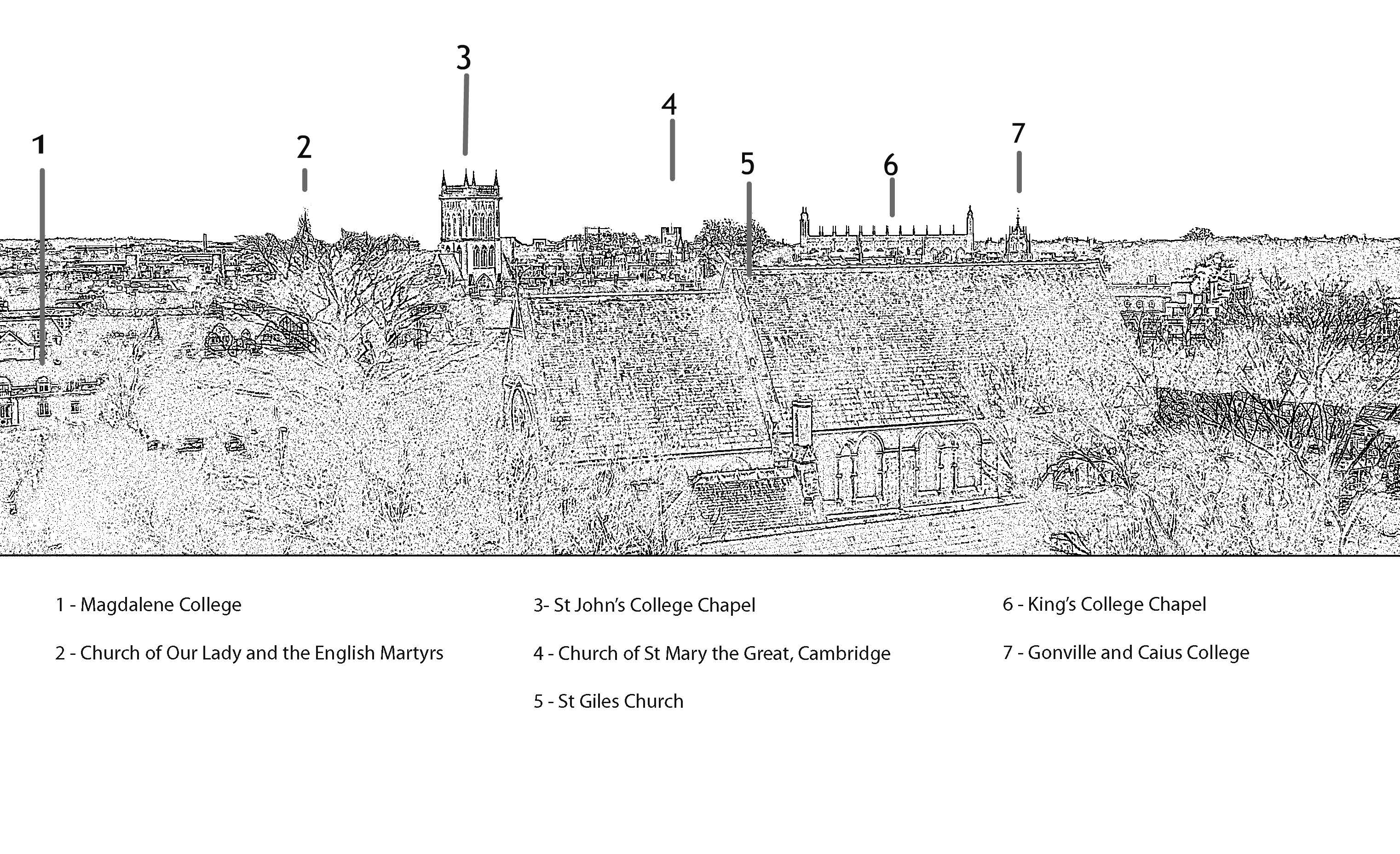
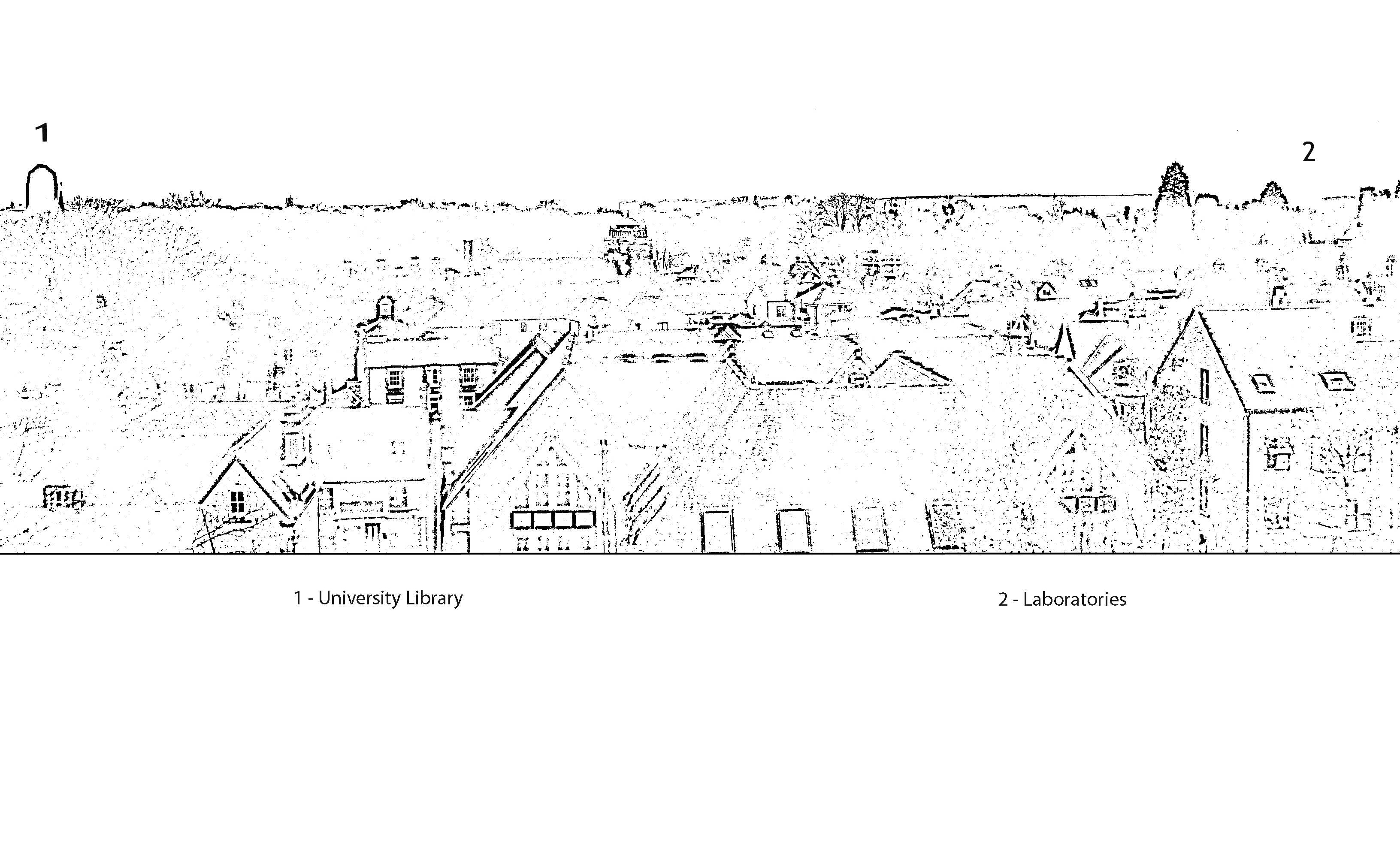
Still not enough from the view? Check out the whole panorama of the Mound. Just follow the link:
Hire the park and the mound for events
Planning an open-air event on the hill?
It is possible.
The use of any of Cambridge's parks and open spaces requires permission from the Cambridge City Council.
For details and for the guide to the application process follow
events@cambridge.gov.uk
01223 457532



